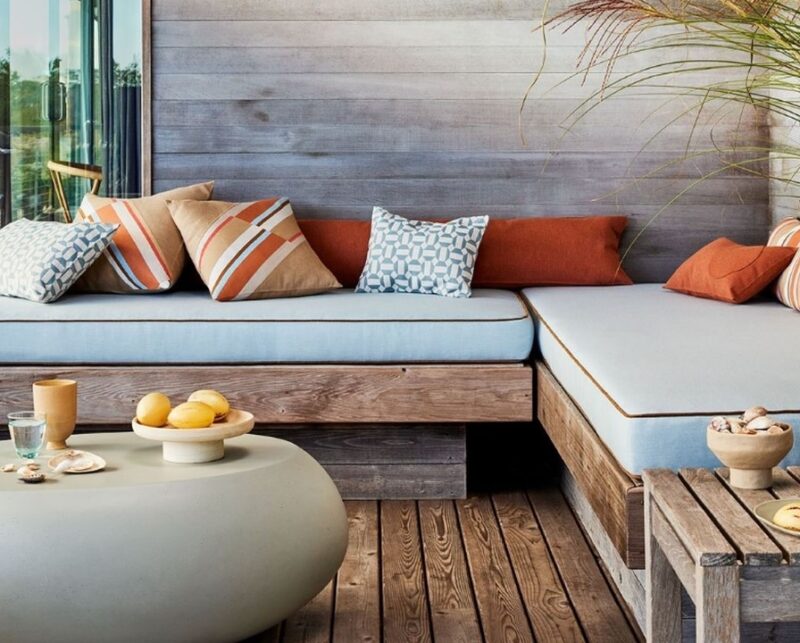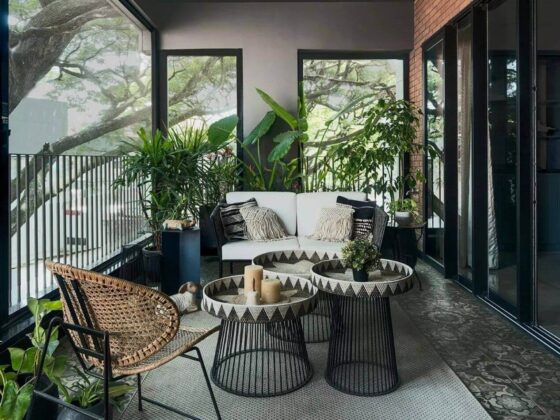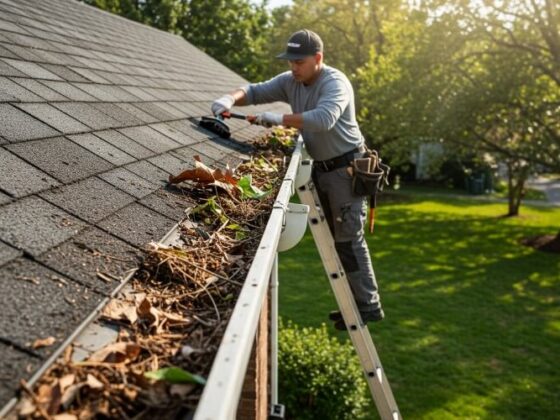Creating an inviting outdoor space doesn’t require a full renovation or a luxury-level budget. Small, strategic updates can completely change the feel of your patio, balcony, or backyard. The goal is comfort, functionality, and a look that feels fresh—without draining your wallet.
Key Highlights
- Replace worn pieces with budget-friendly upgrades that still add value.
- Focus on functional zones like seating, lighting, and shade.
- Use color and texture to refresh the vibe instantly.
- Repurpose what you already have before buying new items.
- Layer textiles and accessories to add depth without clutter.
- Invest only in pieces that deliver durability and long-term use.
Start with a Clean Slate
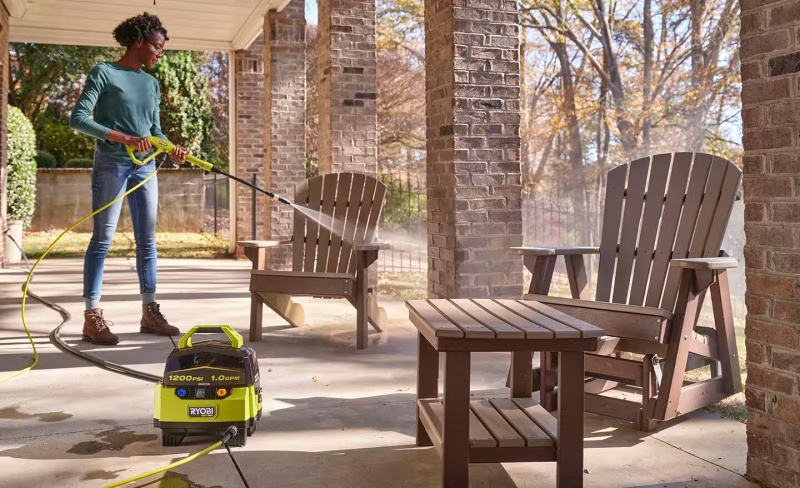
Before you buy anything or move a single chair, clean your entire space. Hose down the patio, scrub off mold or dirt from surfaces, and sweep debris out of corners. Sometimes just removing clutter, trimming back overgrowth, and rearranging furniture creates a huge difference.
Assess what you already own. If your outdoor table is sturdy but stained, a fresh coat of paint or a weatherproof tablecloth can give it new life. If the cushions are faded, swap them for updated, weather-resistant ones. Not every upgrade needs to be new—some just need to be smarter.
Affordable Seating That Works
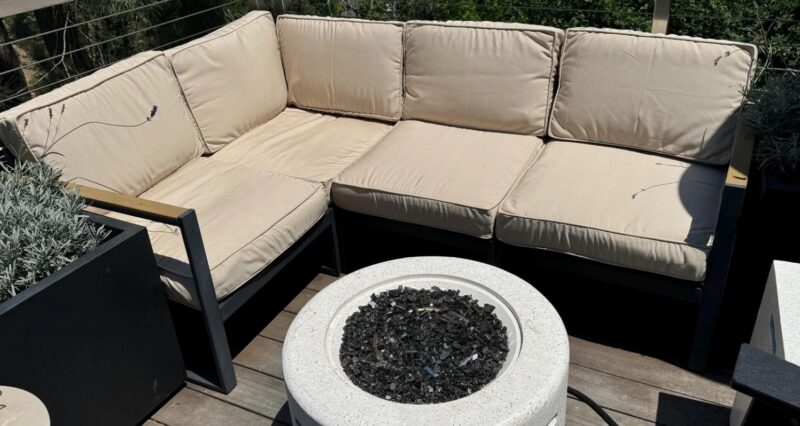
Outdoor comfort starts with seating. You don’t need a full lounge set to make a space feel pulled together. Two well-placed chairs and a small table can create a cozy coffee nook. Add floor cushions or poufs for flexible, budget seating.
If your existing cushions are worn or you’re building a new setup from scratch, look for sunbrella outdoor cushions. They’re built to handle harsh weather, resist fading, and last through seasons of use. That long-term reliability helps cut replacement costs over time and keeps your setup looking crisp.
Mix and match textures—think wicker, wood, or metal frames with soft cushion layers—to add dimension and interest without overspending.
Smart Shade and Shelter Options
Too much sun kills the mood. Creating some kind of shade helps keep things usable longer, especially during hot months. A market umbrella, shade sail, or even an old curtain hung with hooks can work as a sun block.
If you want privacy and shade together, add a vertical element like a bamboo screen or plant wall. Choose climbing vines, tall potted plants, or lattice panels to give your space some separation without building anything permanent.
Don’t go for expensive pergolas unless your space demands it. You can use ropes, curtain rods, or wire to string up fabric or string lights for shade and ambiance in one move.
Add Light Without Wiring
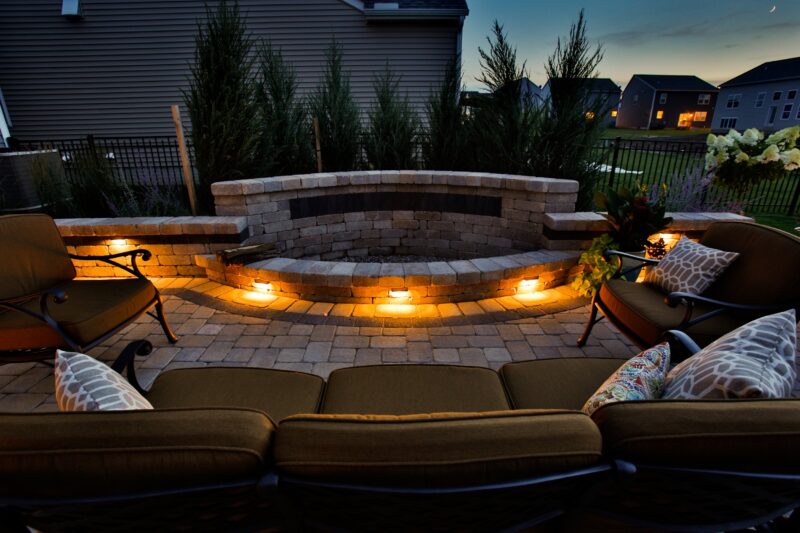
Good lighting doesn’t need a hardwired setup. Solar lights, battery-powered lanterns, and LED string lights all do the job for less. Place lights along walking paths, on tables, or around railings.
Use warm white tones to soften the mood. Keep it minimal to avoid visual clutter—just enough light to make the space feel warm, not overly lit. Battery candles are a solid backup for windy nights.
Reuse old jars, tins, or baskets to create DIY lanterns. Hang them on hooks or tree branches to save surface space.
Update with Color and Texture
Bright fabrics, textured rugs, and patterned accessories all bring a tired space back to life. Swap in new pillow covers, outdoor-safe throws, and lightweight rugs designed for patios.
Stick to one or two color themes so everything feels intentional. Too many clashing tones can feel messy fast. Neutrals with bold accents work best for small spaces, while deep earth tones or nautical blues help anchor larger ones.
Inexpensive cloth napkins, painted pots, or tile stickers also give you small-scale ways to experiment with color—without replacing your core furniture.
Add Vertical Interest
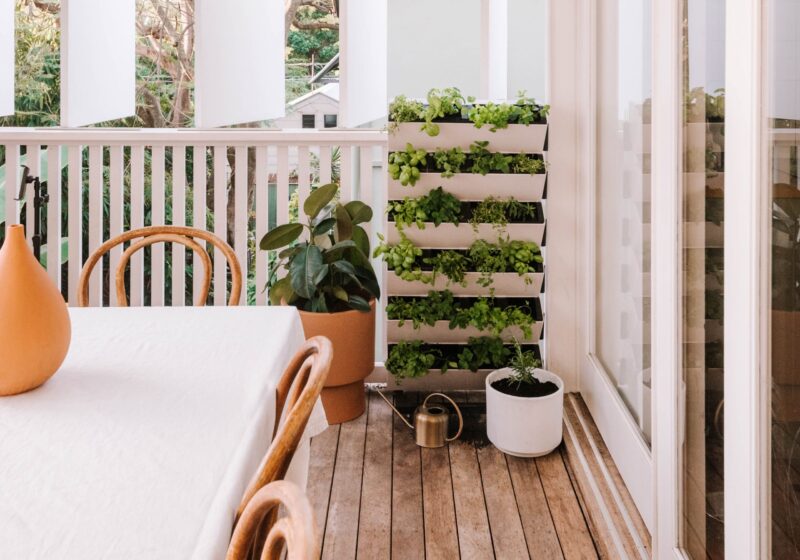
If your floor space is limited, go vertical. Hang small shelves or wall planters. Add hooks for hanging baskets or lanterns. Use wooden crates, ladders, or mounted organizers to hold small plants or supplies.
A vertical herb garden or potted flower wall adds beauty, texture, and even function. Repurpose shoe organizers or metal wall grids if you want low-cost solutions that still look sharp.
Paint the backdrop wall or fence to set the tone for your vertical layout. Even a single panel of painted plywood can add focus to an otherwise blank corner.
Reuse, Repurpose, Refresh
Before heading to a home store, scan your garage, basement, or attic. Old furniture, fabric remnants, or unused decor items can be reworked into outdoor features.
- Wooden crates become end tables.
- Mason jars turn into lanterns.
- Worn stools double as plant stands.
Refinishing and repainting old items helps unify your outdoor theme. A little sanding and a fresh coat of paint can make mismatched items feel cohesive and intentional.
Ask neighbors or friends if they have outdoor gear they’re not using. Swaps or donations help you save money and reduce waste.
Focus on One Zone at a Time
Trying to redo everything at once spreads your budget too thin. Instead, pick one goal—like upgrading your seating, improving lighting, or refreshing your color scheme—and focus there.
Work in layers:
- Start with furniture.
- Add textiles.
- Introduce plants.
- Then finish with accents.
Each step builds on the last. Over time, your outdoor area will grow into something personal, functional, and stylish—without a sudden splurge.
Keep It Low Maintenance
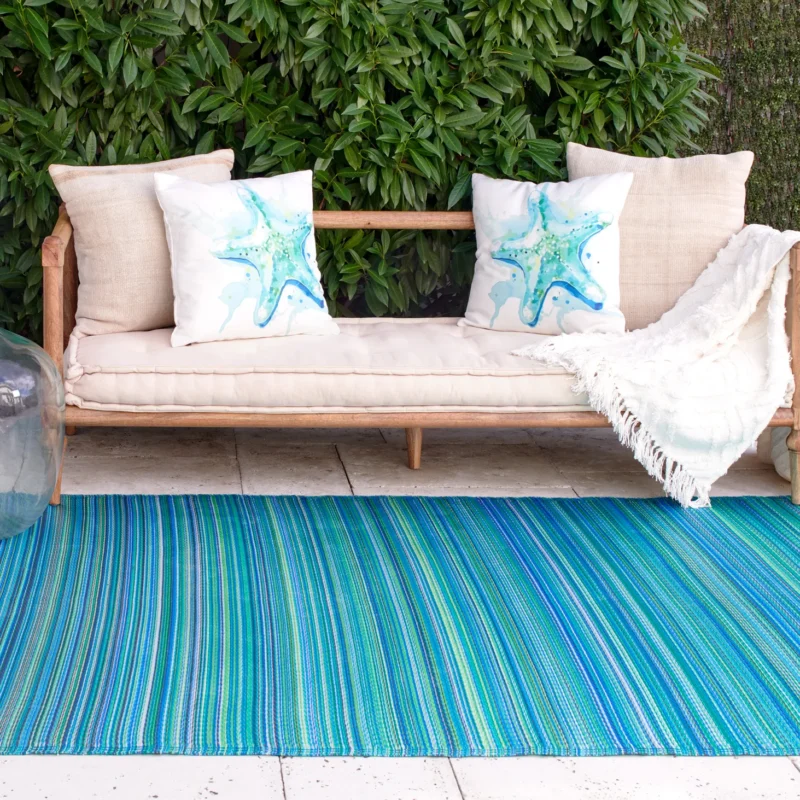
Don’t just design for looks—design for simplicity. Choose washable cushion covers, weatherproof rugs, and solar lighting that works automatically. Less cleanup means you’ll use the space more often.
Stick to materials that can handle moisture and sun without constant care. Metal, composite, resin, and Sunbrella fabrics all stand up well to outdoor conditions.
Use mulch or gravel to reduce muddy patches in garden areas. Avoid high-maintenance plants unless you enjoy tending to them regularly.
Final Thought
You don’t need a big budget to create a stylish, usable outdoor space. Small changes—made intentionally—can shift the mood, boost comfort, and make your space feel new again. Focus on durability, function, and flexibility. Refresh slowly, build intentionally, and let your space evolve with your needs. That’s how to get the most from your outdoor area—without spending more than you need.

